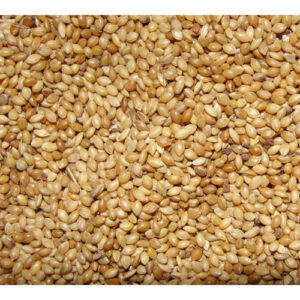Rice and wheat consumption are given a lot of attention when it comes to weight loss diets. The gigantic millets, which are far more nutritious and healthier than these two, are frequently mentioned.
Millets are gluten-free whole grains that are high in protein, fibre, and antioxidants. They are members of the Poaceae family, which is generally referred to as the grass family. The food grain has been a part of the Indian diet since ancient times, but due to its incredible health benefits, it is currently gaining favour in western countries as well. Millets are a good source of dietary fibre, according to the conclusions of a new study published in an international journal. Millets are considerably ahead of most other cereals in terms of fibre content, making them perfect for people looking to reduce weight. Millets’ grains are also high in bioactive chemicals and antioxidants, both of which can aid weight loss. India is the greatest producer of millets among Asian and African countries, harvesting close to 11 million tonnes each year. Millets are not only more delicious and environmentally friendly, but they are also simple to prepare and consume. Millets are a nutritious powerhouse.
They’ve resumed their place in health-conscious people’s kitchens. Millets, in addition to being gluten-free, are good for your health and can help you lose weight. Any fitness enthusiast will attest to the remarkable health benefits of eating millets. Millets come in a variety of varieties, each with its own set of health benefits. Millets are readily available at any time of the year in any supermarket. This is due to the fact that they are grown throughout the year. Millets have long been recommended as part of a healthy diet. Until the Green Revolution made rice and wheat more accessible, the populace of central and southern India consumed millets on a daily basis. Government policy, on the other hand, did not give any incentives for millets to be grown. Farmers, on the other hand, were discouraged from producing millets. When a result, as the quantity of produce decreased, millet consumption decreased. However, substituting millets for rice or wheat bread is not healthy for your body; instead, practise grain diversification in your diet for nutritious nourishment.
Here are five types of millets to add in your diet if you're attempting to lose weight.
Ragi is particularly high in iron, a trace mineral that our bodies need to make haemoglobin in red blood cells. It also has the highest calcium and potassium content. Ragi takes longer to digest in the stomach because to its high fibre content, so you stay fuller for longer. According to studies, ragi is also useful for diabetics because it does not cause blood sugar levels to surge. This cereal grain could potentially be provided to children for brain development due to its high amino acid content.
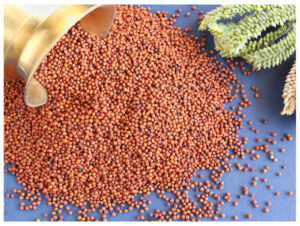
Sorghum is high in vitamins B and magnesium, as well as antioxidants such as flavonoids, phenolic acids, and tannins. The B vitamins are important for boosting metabolism and promoting hair and skin quality, while magnesium is good for bone and heart health. Furthermore, 96 grammes of sorghum contains roughly 20% of the daily fibre requirement. Fiber improves intestinal health, keeps blood sugar levels in check, and supports weight loss.
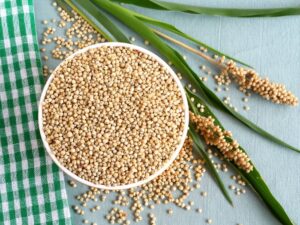
Bajra, or pearl millet, is high in protein, fibre, magnesium, iron, and calcium, among other nutrients. This dish is extremely low in calories and is one of the greatest grains to eat if you want to lose weight. Its fibre content keeps you satiated for longer without adding to your usual calorie intake. Bajra eating can help reduce the risk of Type 2 Diabetes, numerous types of cancer, cholesterol control, and asthma prevention.
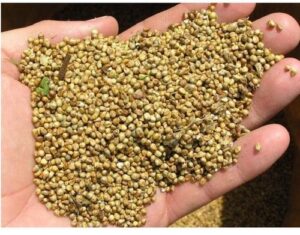
Amaranth is an ancient grain that has recently gained a lot of popularity. Fiber, protein, magnesium, phosphorus, and iron are all abundant in the dietary grain. Amaranth has a high manganese content, which means it can meet your daily nutrient needs with just one serving. This trace mineral helps to promote brain function and protects against neurological diseases. Its protein and fibre content aid in muscle development and digestive wellness. Amaranth is actually healthier than quinoa.
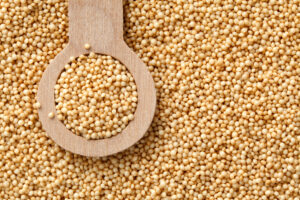
Semolina or rice flour made from foxtail millet are widely accessible. It helps to improve the immune system and manage blood sugar levels because it is high in iron and calcium. Foxtail millet is high in both complex carbs and dietary fibre, making it a suitable meal choice for persons wanting to lose weight. Low cholesterol, improved digestion, and good heart health are some of the other advantages of eating foxtail millet on a regular basis.
